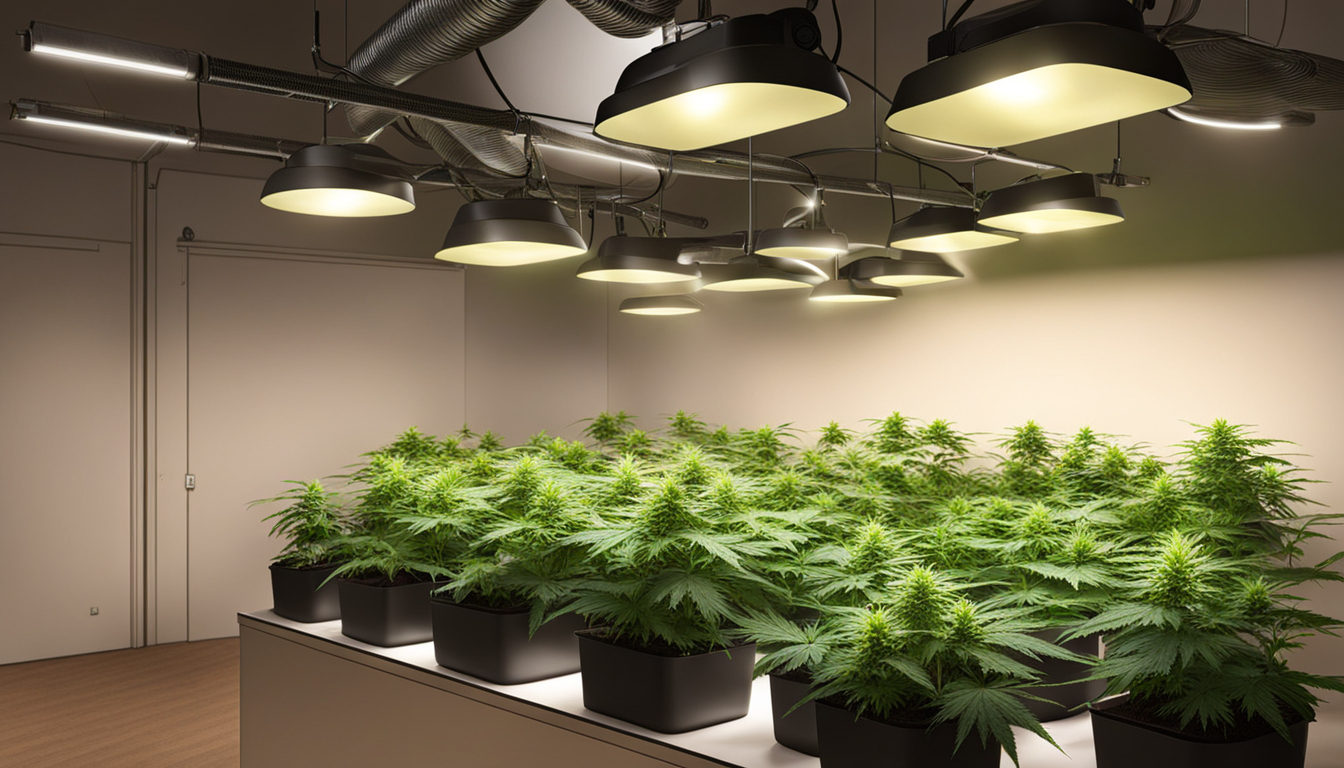
Whether you're beginning cannabis growing or looking to improve your existing harvest, following this complete guide will help you produce bountiful, high-quality yields right at home. With the right equipment, methods, and attention, growing weed indoors can be an extremely satisfying and cost-effective endeavor.
Choosing Pot Varieties
The first step in planning your indoor grow is selecting the right weed varieties to produce. The three main types of pot plants each have their own characteristics.
Sativas
Known for their energizing intellectual effects, these strains spread tall and slender with narrow leaves. They flourish in warmer equatorial climates and have a longer flowering time between 2.5-3 months indoors. Top energizing varieties include Sour Diesel, Durban Poison, and Jack Herer.
Indicas
Indicas provide calming body-focused effects and spread short and bushy with wide leaves. Accustomed to cooler mountain climates, they flower faster within 8-9 weeks. Popular indica strains include Granddaddy Purple, Northern Lights, and Bubba Kush.
Hybrids
Hybrid strains mix traits from both energizing strains and relaxing strains. They offer blended effects and have medium blooming periods around 2.25-2.5 months. Popular mixes are OG Kush, Girl Scout Cookies, and Blue Dream.
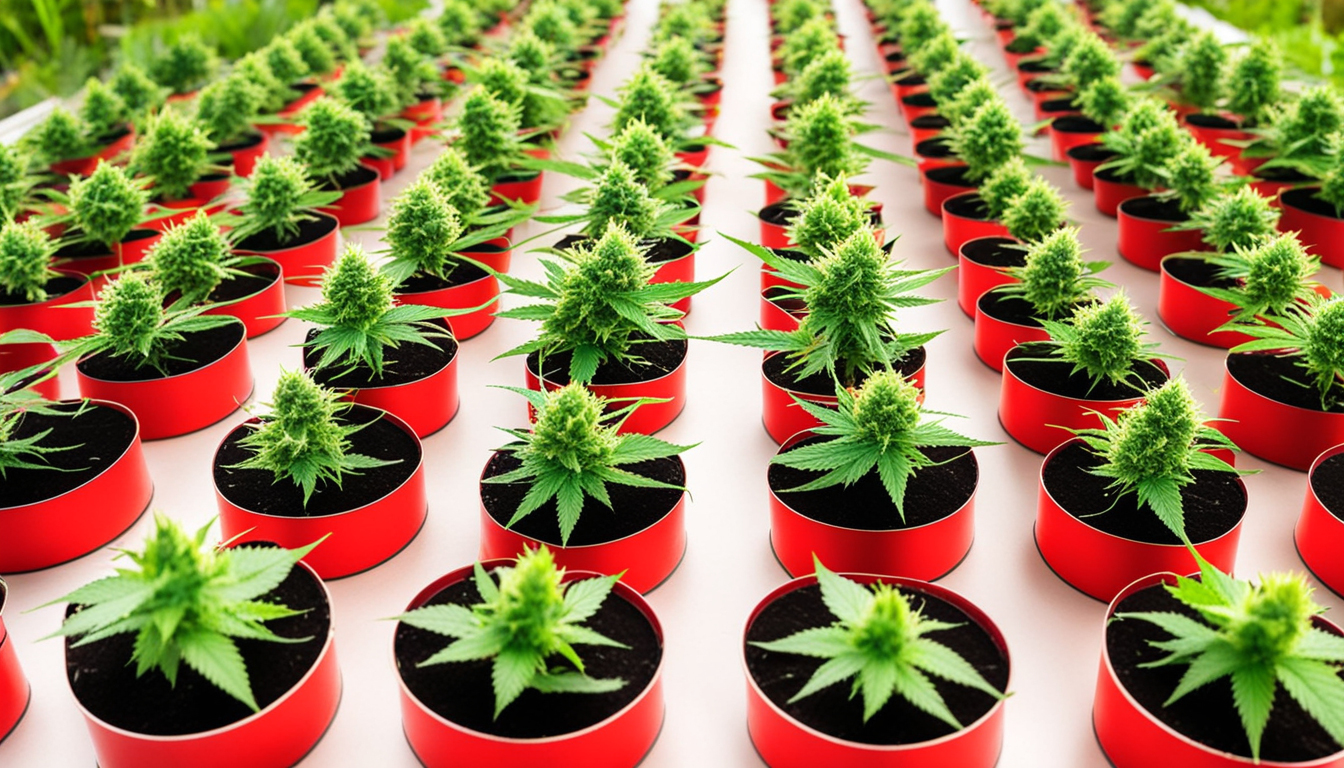
Setting Up Your Grow Space
Weed plants need the right controlled environment to thrive. Key factors for indoor grows are lighting, ventilation, layout, and finding the ideal discreet area.
Location
Choose an available space with direct access to irrigation and electrical outlets. An empty extra bedroom, unused closet, corner of the basement, or grow tent securely placed in a garage all make great discreet grow room spots.
Lighting
Pot requires powerful light for all vegetative stages. LED grow lights are energy-efficient and come in broad spectrum options simulating natural sunlight. Provide 250-400 watts per square foot for the vegetative stage and 400-600 watts per sq. ft. for flowering.
Ventilation
Proper ventilation and exhaust systems keep ideal temp, humidity, and fresh CO2 levels. Set up silent 4-6 inch fans or scrubbers to circulate old air and eliminate odors.
Layout
Optimize your space by positioning plants strategically under the lamps and allowing room to access and work around them. Set up separate zones for growth, bloom, curing, and cloning.
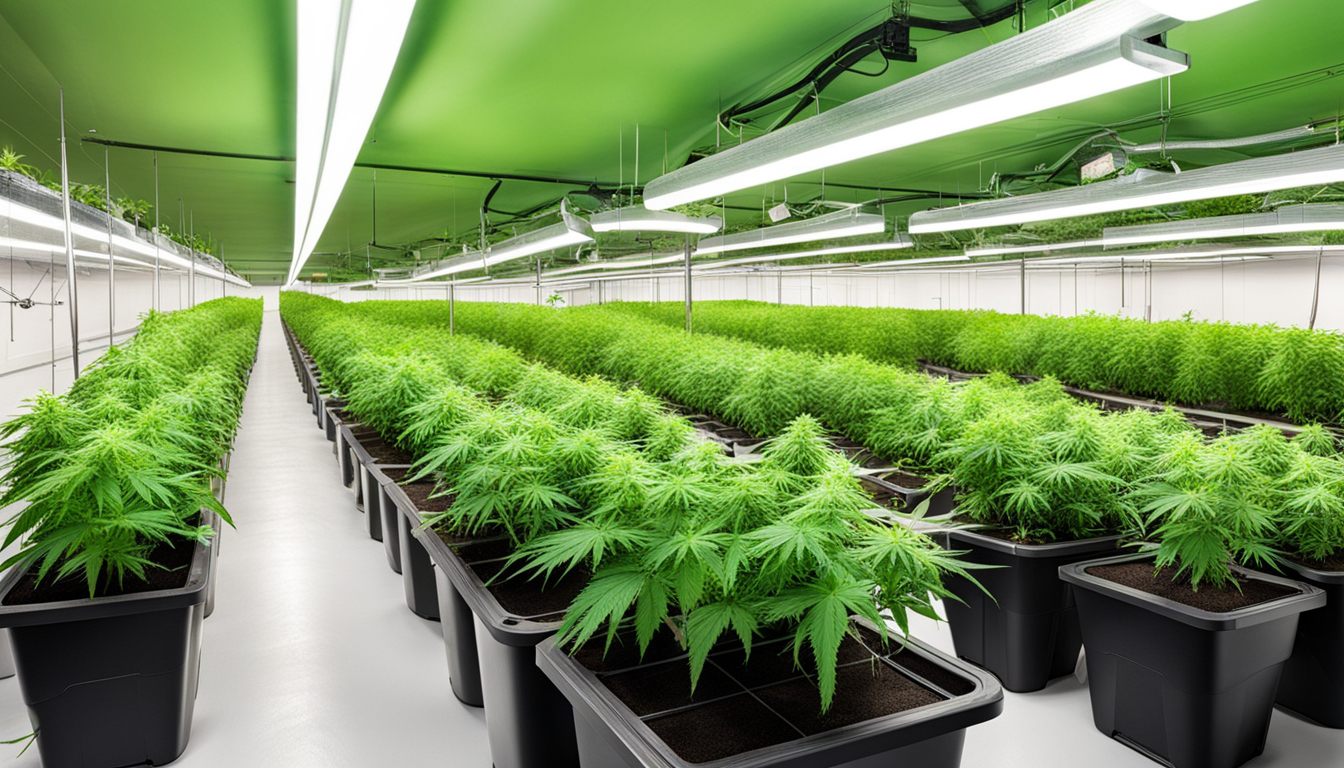
Cultivation Mediums
Pot can be grown in various mediums, each with benefits and cons. Pick a proper option for your particular setup and growing style.
Soil
The traditional medium, soil is cheap and simple for beginners. It provides excellent flavor but needs more watering and nutrients to nourish plants. Amend soil with perlite or coir to improve aeration.
Coco Coir
Made from coir, reusable coconut fiber holds water but still allows air to the roots. It's more sterile and more predictable than soil. Use coir-specific fertilizers to avoid calcium buildup.
Water systems
In hydro systems, plant roots develop directly in fertilizer irrigation solution. This allows rapid development but needs close monitoring of solution chemistry. Deep water culture and irrigation systems are common techniques.
Sprouting Seeds
Germination activates your marijuana seeds to begin sprouting radicles. This prepares them for planting into their cultivation medium.
Towel Method
Place seeds between moist paper towels and maintain them damp. Check after a week for growing taproots indicating sprouting is complete.
Planting directly
Plant seeds right into wetted growing medium 1⁄4 inch deep. Gently water and wait 7-14 days until seedlings push through the surface.
Cubic rockwool
Soak rockwool cubes in balanced water. Place seeds 6mm deep into the cubes. Keep cubes moist until sprouts appear within 1-14 days.
Transplanting Young plants
Once germinated, cannabis seedlings need to be transplanted to prevent crowding. Move them into appropriately sized containers.
Preparing Containers
Load large pots with growing medium enriched with time-released nutrients. Allow pots to soak up water overnight before repotting.
Gently repotting
Carefully separate seedling roots from sprouting medium using a spade. Place into pre-soaked pot at same depth as before and lightly water in.
Growth Stage
The growth stage encourages foliage and plant structure through 18-24 hours of daily lighting intensity. This stage usually lasts 1-2 months.
Using 18-24 Hours of Light
Use lamps on a 24 daily schedule or natural sunlight to trigger constant growth. Lamp output influences height and internodal spacing.
Fertilizing
Use vegetative stage fertilizers richer in nitrogen. Make sure pH stays around 6.5 for proper nutrient uptake. Fertilize 25-50% concentration after 2 weeks and increase gradually.
LST and topping
Fimming, LST, and trellising manipulate growth patterns for even canopies. This increases yields.
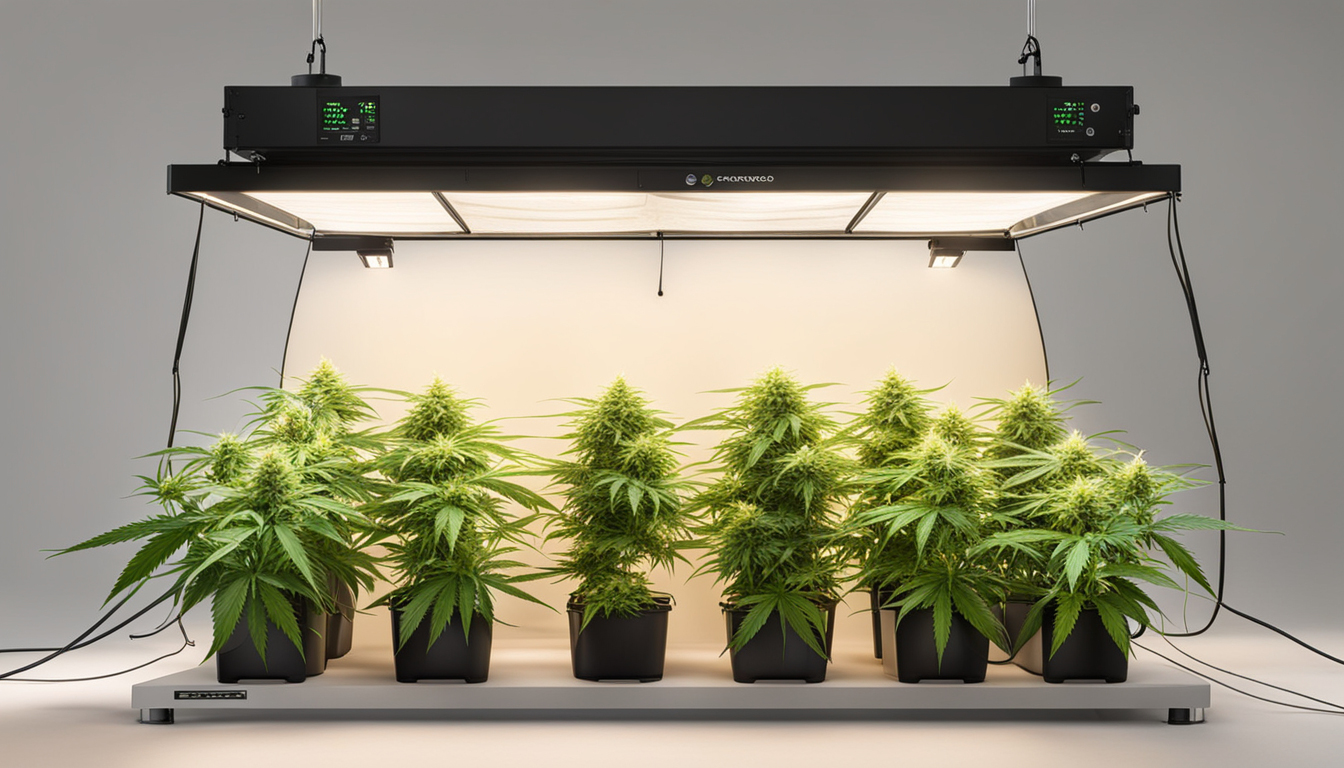
Bloom Stage
The blooming Learn More stage grows buds as plants reveal their sex under a 12/12 light schedule. It lasts 2-3 months based on variety.
Changing Light Schedule
Switch lamps to 12/12 or place outdoors for outdoor 12 hour cycle. This signals plants to start blooming.
Flushing
Leaching removes nutrient salts to enhance flavor. Feed weakly the first weeks then just use pH'd water the last 2 weeks.
Flushing
Continue 12/12 light timing but flush using pH-balanced water only. Return to clean watering if buds aren't yet mature after two Request More Info weeks.
Harvesting
Recognizing when marijuana is fully ripe ensures maximum cannabinoid content and aroma. Cut down plants at optimal maturity.
Identifying Ripeness
Check fading pistils, swelling calyxes, and 5-15% amber trichomes. Check buds around the plant as they won't all ripen evenly.
Harvesting plants
Use sterilized, razor-sharp pruning shears to carefully slice each plant at the base. Keep several inches of stalk attached.
Curing
Hang whole plants or colas upside down in a lightless room with moderate temperature and humidity around 50-60% for 1-2 weeks.
Curing
Aging keeps drying while improving the buds like fine wine. This process mellows harshness and intensifies terpene and terpene profiles.
Curing containers
Trim cured buds from branches and place into sealed containers, filling about 75% capacity. Use a hygrometer to measure container humidity.
Opening jars daily
Open jars for a short time each day to slowly lower moisture. Remoisten buds if RH drops below 55%.
Long term storage
After 14-21 days when humidity levels off around 55-65%, do a final manicure and store forever in sealed jars.
Troubleshooting
Even experienced cultivators run into various cannabis plant problems. Detect issues soon and address them properly to keep a strong garden.
Nutrient Deficiencies
Chlorosis often signify insufficient nitrogen. Anthocyanins and leaves show phosphorus deficiency. Test pH and increase fertilizers gradually.
Bugs
Spider mites, fungus gnats, mites, and root aphids are frequent cannabis pests. Use organic sprays, predator bugs, and sticky traps for organic control.
Mold
Excessive humidity promotes Learn More botrytis and bud rot. Increase airflow and venting while reducing humidity under 50% during flowering.
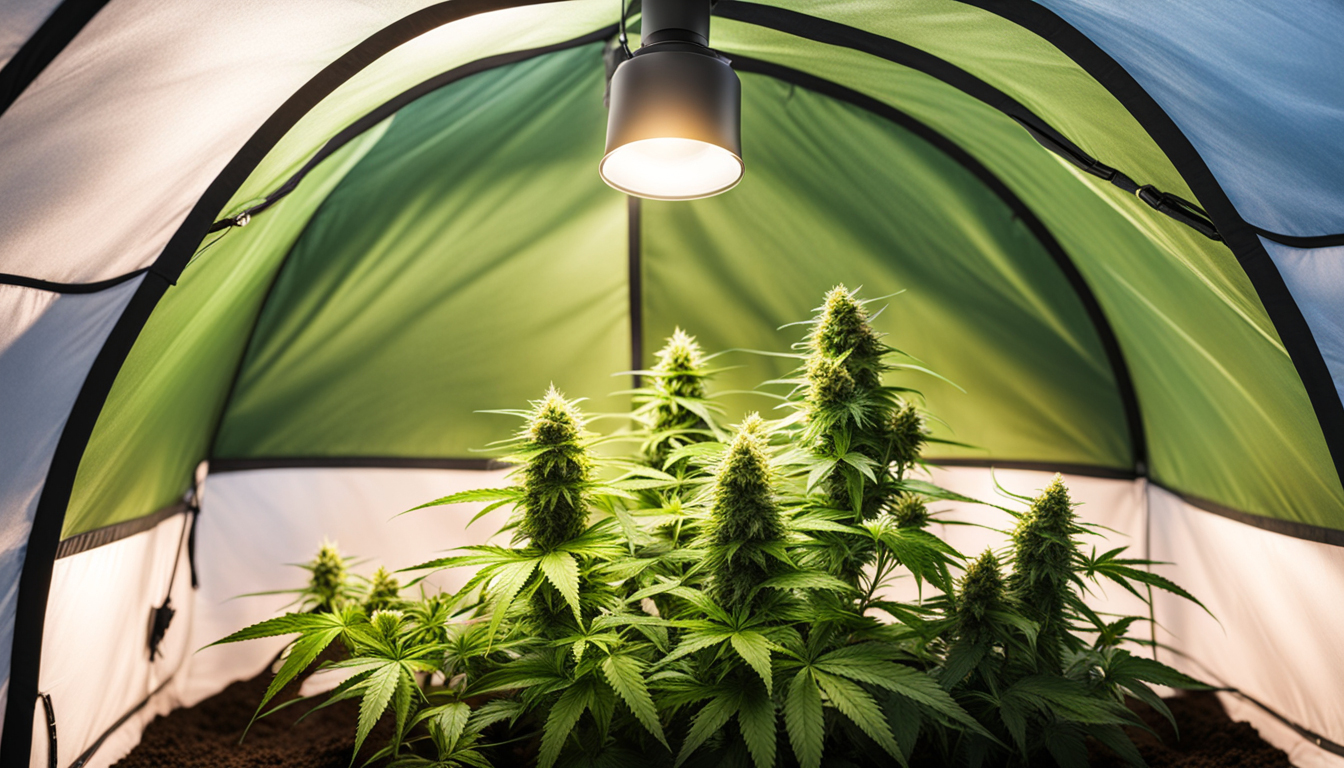
Conclusion
With this complete indoor marijuana growing guide, you now have the knowledge to grow bountiful strong buds for personal harvests. Apply these techniques and methods throughout the seed starting, growth, and bloom stages. Spend in quality equipment and carefully check on your plants. In time, you'll be compensated with frosty aromatic buds you grew yourself under the patient guidance of your green hands. Good luck cultivating!